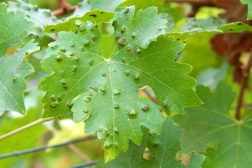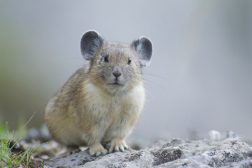Definition
noun, plural: vibrissae
(1) A whisker of an animal, e.g. cat
(2) A long, slender, bristle-like feather at the sides of the mouth in birds
(3) Any of the thick hairs inside the human nostrils
Supplement
Vibrissae are another term for the whiskers, the prominent hair on certain animals (e.g. cats, felids, rats, dogs, seals, manatees, and many other mammals) that are characterized by their relatively longer length than the animal’s fur coat, being stiffer (bristle-like), and with a well-innervated hair follicle. Vibrissae are essential to these animals because they serve as tactile organs. They have proprioceptor that can detect and send information about the surroundings to the brain and the nervous system.1 They are embedded deeply into the animal’s body. They are connected securely to the muscular and nervous systems. They are found in the sides of the mouth, in the sides of the nose, above the eyes, on jaw lines, on the back of the front legs, etc.
Vibrissae also pertain to the long, slender, bristle-like feather at the sides of the mouth in birds. In humans, they also refer to the thick hairs inside the nostrils.
Word origin: Latin “vibrio” (“vibrate”)
Synonym(s):
- whisker (zoology)
See also:
Reference(s):
1 Cespedes, Y. Why Do Cats Have Whiskers? Retrieved from ://www.petmd.com/cat/behavior/evr-ct-why-do-cats-have-whiskers.







